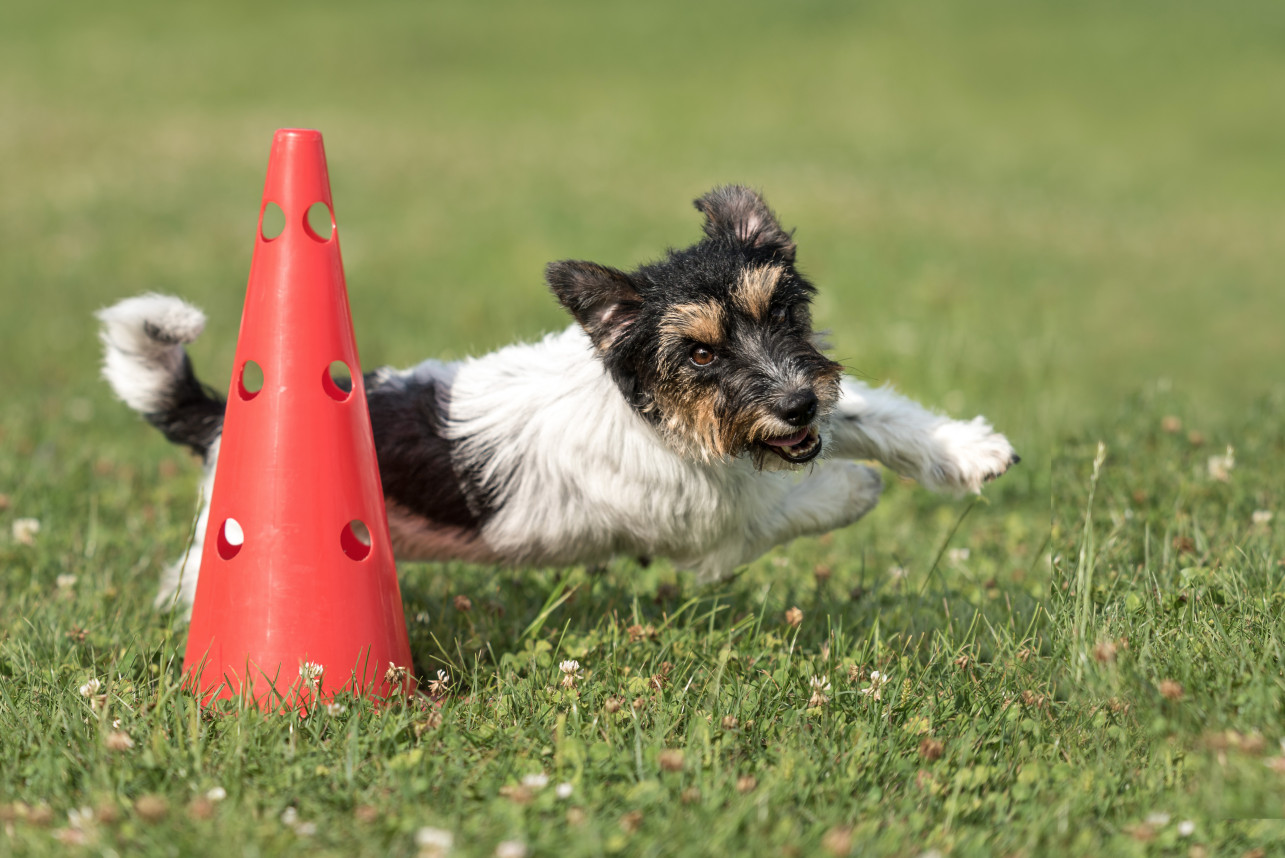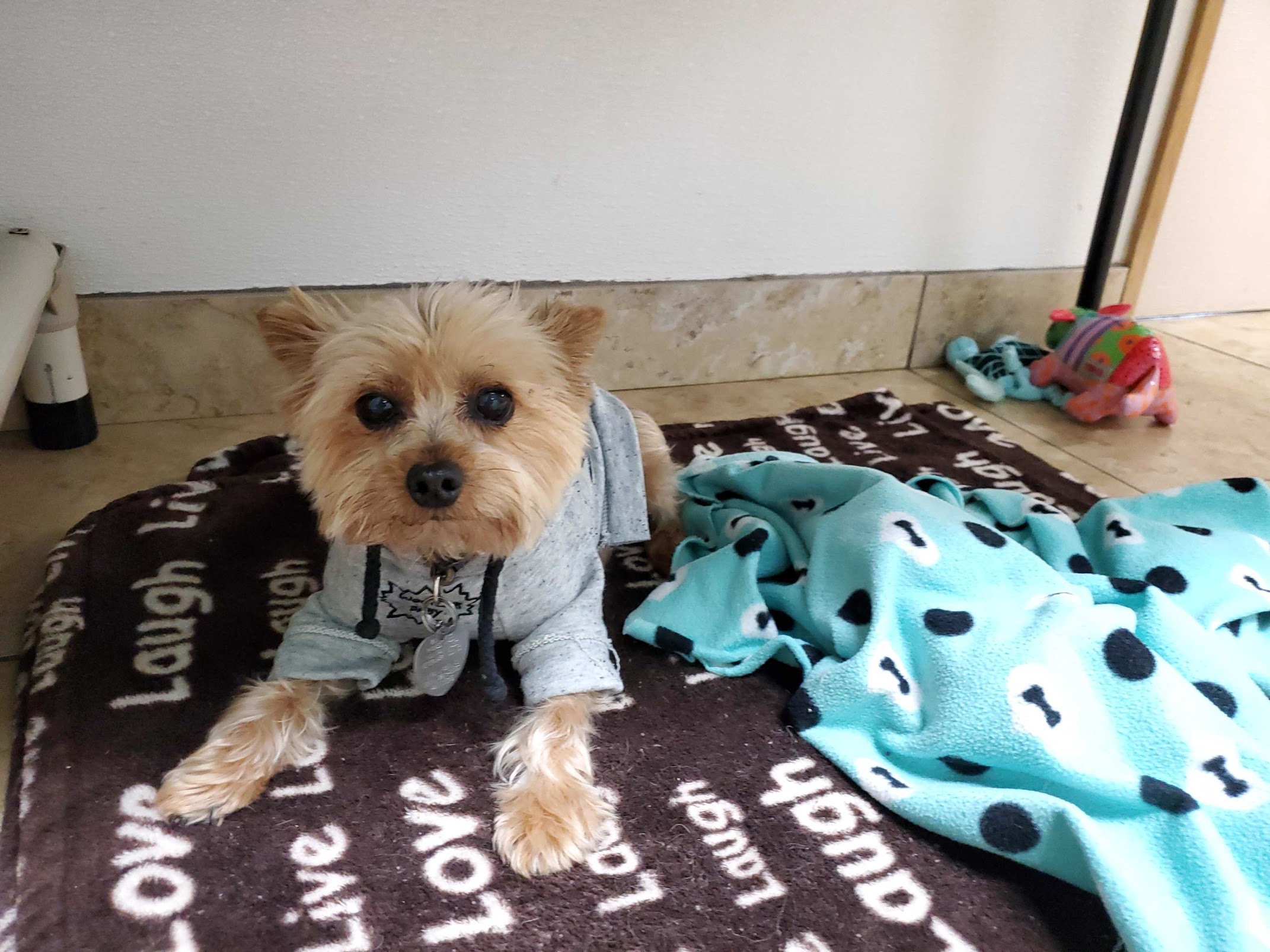Dog grooming is often perceived as a mere aesthetic endeavor, a simple trim here and there to keep your furry friend looking their best. However, the truth lies far deeper than surface-level appearances. In this extensive article, we'll unravel the multifaceted dimensions of dog grooming, emphasizing its importance for your pet's health, well-being, and happiness. From understanding various grooming techniques to exploring the significance of regular grooming appointments, we’ll cover it all.
Dog Grooming: Why It’s More Than Just a Haircut
So why exactly is dog grooming more than just a haircut? The answer lies in its comprehensive benefits that extend beyond aesthetics. Regular grooming sessions are essential for maintaining your dog's overall health. This includes skin care, parasite control, and even emotional well-being. When you groom your dog consistently, you're not just keeping them looking sharp; you're also investing in their physical and psychological health.
The Health Benefits of Dog Grooming
Skin and Coat Health
Did you know that regular grooming can help prevent skin issues? Dogs can suffer from various skin conditions such as dermatitis or allergies if they aren't groomed regularly. Brushing helps distribute natural oils throughout their coat, keeping it shiny and healthy.

Benefits of Healthy Skin and Coat:
- Prevents matting Reduces shedding Minimizes odor Promotes blood circulation
Parasite Prevention
Fleas and ticks are not just annoying; they can lead to serious health problems for your pet. Regular grooming allows you to check for signs of these pests early on.
Tip: Always use a fine-toothed comb to check for fleas during grooming sessions.
Emotional Well-being Through Grooming
Building Trust and Bonding
Grooming sessions are an excellent opportunity to strengthen the bond between you and your dog. The gentle touch of brushing or bathing can create a sense of safety and trust.
Ways to Build Trust:
- Use treats as positive reinforcement. Speak in calming tones during the process.
Reducing Anxiety
Regular grooming can help reduce anxiety levels in dogs. The routine creates predictability which can be comforting for them.
The Importance of Dog Boarding Facilities with Grooming Services
When you're away on vacation or business trips, choosing the right dog boarding facility becomes crucial. Many facilities offer comprehensive services including dog grooming.
Why Choose a Boarding Facility That Offers Grooming?
Convenience: You can have your dog groomed while they stay at the facility. Trusted Professionals: Experienced groomers understand how to handle different breeds safely. Less Stress: A familiar environment reduces anxiety during grooming sessions.Choosing the Right Dog Day Care Near Me
Finding quality dog day care services in your area doesn't have to be stressful! Look for facilities that offer both daycare and grooming services to ensure your pup gets all-around care.
What to Look For:
- Licensed professionals Clean environment Positive reviews from other pet owners
Common Dog Grooming Techniques Explained
The world of dog grooming is vast! Here are some common techniques used by professional groomers:
Brushing Techniques
Different breeds require specific types of brushes:
- Slicker Brushes: Ideal for long-haired breeds. Bristle Brushes: Perfect for short-haired dogs.
Bathing Techniques
Bathing isn't just about soap; it's about using the right products tailored to your dog's skin type.
Tips for Bathing Your Dog:
Use lukewarm water. Rinse thoroughly to avoid skin irritation.Grooming Tools Every Pet Owner Should Have
Investing in quality tools makes all the difference! Here’s a list of must-have grooming tools:
| Tool | Purpose | |--------------------|---------------------------------------| | Slicker Brush | Detangles fur | | Nail Clippers | Manages nail length | | Shampoo | Cleans while being gentle on skin | | Ear Cleaner | Keeps ears clean |
Dog Grooming: A Seasonal Necessity
Just like humans need seasonal wardrobe changes, dogs also benefit from seasonal grooming adjustments!
Spring & Summer Grooming Tips
- Shorter cuts help prevent overheating. Check for fleas after outdoor activities.
Fall & Winter Grooming Tips
- Keep longer fur around paws to protect against snow. Regular checks for dry skin due to indoor heating.
How Often Should You Groom Your Dog?
This question often arises among new pet owners: "How often should I groom my dog?" The answer Dog Day Care Near Me varies based on breed:
Long-haired breeds should be groomed every 4–6 weeks. Short-haired breeds may only need it every 8–12 weeks.DIY vs Professional Dog Grooming: Which is Better?
Both DIY and professional options have their pros and cons!
Pros of DIY Grooming:
- Cost-effective Strengthens bond with your pet
Cons of DIY Grooming:

- Can be time-consuming Requires proper knowledge
Pros of Professional Grooming:
- Expert handling Access to specialized tools
Cons of Professional Grooming:
- Can be expensive May cause stress if your dog is unfamiliar with strangers
Understanding Different Coat Types in Dogs
Every breed comes with its unique coat type requiring specific care routines!
Short Coats vs Long Coats
Short coats may require less maintenance but still need regular brushing; long coats need consistent attention to prevent matting.
Dog Day Care Salt Lake City: A Local Perspective on Grooming Services
Salt Lake City boasts numerous dog day care facilities that provide excellent grooming services tailored specifically for local climate conditions!
Evaluating Local Services
When searching “Dog Day Care Near Me” in Salt Lake City:
Check online reviews. Visit facilities in person if possible. Ask about their grooming services alongside daycare offerings.FAQs About Dog Grooming
Q1: How often should I take my dog for professional grooming?
A1: It varies by breed but generally every 4–8 weeks is ideal depending on coat type.
Q2: What supplies do I need at home for basic dog grooming?
A2: Essential supplies include a brush suitable for their coat type, nail clippers, shampoo, and ear cleaner.
Q3: Can I groom my puppy? At what age should I start?
A3: Yes! Start introducing them gently around 12 weeks old so they become accustomed to the process over time.
Q4: Is it necessary to bathe my dog frequently?
A4: Not necessarily! Over-bathing can strip natural oils from their skin; usually once every month or two is sufficient unless they get particularly dirty!
Q5: Will my dog's behavior change after regular grooming sessions?

Q6: What if my dog doesn't like being groomed?
A6: Start slow! Gradually introduce tools without forcing them; consider hiring a professional who understands behavioral cues better than most owners might grasp initially.
Conclusion
In conclusion, “Dog Grooming: Why It’s More Than Just a Haircut” emphasizes that consistent grooming plays an indispensable role in ensuring our furry companions lead healthier lives filled with joy and comfort! From fostering trust through bonding moments during each session to enhancing physical well-being through cleanliness—grooming encompasses far more Dog Day Care than aesthetic appeal alone!
Whether you're opting for professional help or trying DIY methods at home doesn’t matter as much as making sure it becomes part of an enjoyable routine that strengthens bonds between you two while keeping them happy & healthy overall; remember—that’s what truly matters at day’s end!